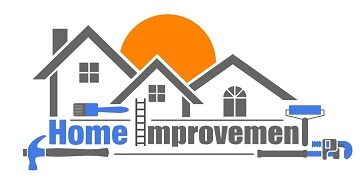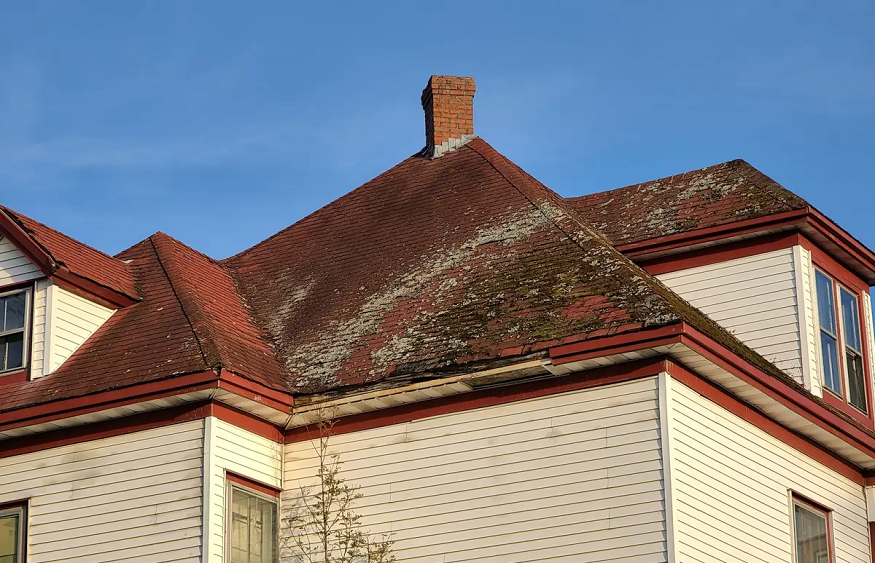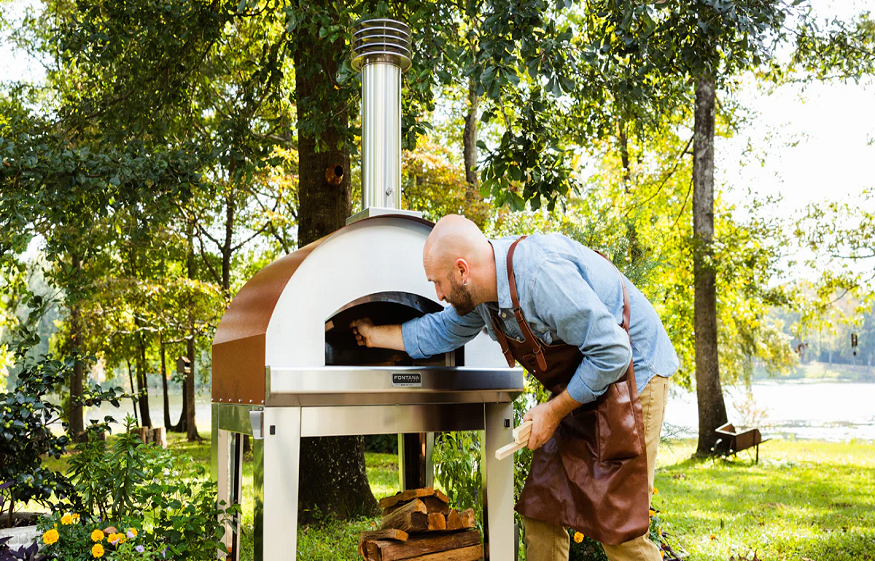5 Essential Indicators of a Blocked Chimney
A properly functioning chimney is crucial for home safety and comfort. It facilitates the efficient removal of smoke, gases, and other combustion byproducts, ensuring a healthy indoor environment. A well-maintained chimney also prevents the buildup of dangerous substances, such as creosote, which can lead to chimney fires. Recognizing the significance of a functioning chimney encourages homeowners to prioritize regular maintenance and address any issues promptly.
Identifying indicators of a blocked chimney is essential for taking timely action. A blocked chimney can lead to inefficient ventilation, causing smoke to back up into the home. It can also result in carbon monoxide buildup, posing a severe health hazard. By recognizing the warning signs of a blocked chimney, homeowners can address the issue promptly, ensuring the safe and effective operation of their chimney.
Poor Draft and Smoke Backflow
Signs of Inadequate Airflow and Poor Chimney Draft
Recognizing signs of inadequate airflow and poor chimney draft is crucial for identifying a potential blockage. Indications include difficulty in getting a fire started, smoke entering the room instead of rising up the chimney, or a weak draft that fails to pull smoke out effectively. These signs suggest an obstruction in the chimney, such as debris, creosote buildup, or an animal nest, which can hinder proper airflow.
Potential Risks of Smoke Backflow into the Home
Understanding the potential risks of smoke backflow into the home emphasizes the importance of addressing a blocked chimney promptly. Smoke backflow not only creates an unpleasant indoor environment but also poses health risks. Inhaling smoke and its byproducts, such as carbon monoxide, can lead to respiratory issues and other health complications. Resolving the blockage and restoring proper chimney function is essential for maintaining a safe and healthy living space.
Foul Odors and Stale Air
Unusual Smells Emanating from the Fireplace or Chimney
Identifying unusual smells emanating from the fireplace or chimney is a clear indication of a potential blockage. Foul odors, such as a strong musty or damp smell, can be caused by trapped moisture due to a blocked chimney. Stale air and unpleasant odors not only affect the comfort of your home but also indicate the presence of potential mold or mildew growth. Addressing the blockage promptly helps eliminate these odors and maintain a healthy indoor environment.
Connection Between Blocked Chimneys and Unpleasant Odors or Stagnant Air
Exploring the connection between blocked chimneys and unpleasant odors or stagnant air highlights the importance of maintaining a clear chimney pathway. A blockage restricts proper airflow, trapping odors and preventing fresh air circulation. This can result in a stale and stuffy indoor environment. By addressing the blockage and restoring proper ventilation, homeowners can eliminate unpleasant odors and promote better air quality throughout their homes.
Presence of Birds or Animals
Noticing Nesting Materials or Animal Sounds in the Chimney
Noticing nesting materials or hearing sounds of animals in the chimney indicates a potential blockage caused by wildlife. Birds, squirrels, raccoons, or other small animals can build nests or seek shelter in the chimney, obstructing proper airflow. Paying attention to these signs allows homeowners to address the blockage promptly, preventing further entry and potential damage by animals.
Risks Associated with Chimney Blockages Caused by Wildlife
Understanding the risks associated with chimney blockages caused by wildlife emphasizes the importance of taking immediate action. Blockages can lead to compromised ventilation, smoke backup, and carbon monoxide buildup. Additionally, animal presence increases the risk of property damage and potential health hazards. Resolving the blockage and implementing preventive measures, such as chimney caps, helps protect both the chimney and the home from wildlife intrusion.
Visible Debris or Creosote Buildup
Inspecting the Chimney for Visible Debris and Soot Buildup
Inspecting the chimney for visible debris, such as leaves, twigs, or soot buildup, is crucial for identifying potential blockages. Debris can accumulate over time, obstructing the chimney flue and impeding proper airflow. Soot buildup, resulting from incomplete combustion, can also restrict the chimney’s functionality. Regular inspections and cleanings help remove these obstructions, ensuring optimal chimney performance.
Potential Hazards of Excessive Creosote Accumulation
Recognizing the potential hazards of excessive creosote accumulation in the chimney is vital for maintaining safety. Creosote, a byproduct of burning wood or fossil fuels, is highly flammable. If not regularly removed, it can accumulate and form a thick layer, increasing the risk of chimney fires. Scheduling regular chimney cleanings and inspections helps control creosote buildup and minimizes the risk of hazardous chimney fires.
Poor Fireplace Performance
Difficulties in Starting or Maintaining a Fire
Observing difficulties in starting or maintaining a fire in the fireplace indicates a potential chimney blockage. If the chimney is obstructed, it hinders the proper flow of air, causing inadequate oxygen supply for combustion. This results in smoky fires that struggle to ignite or stay lit. Addressing the blockage is crucial for restoring optimal fireplace performance and enjoying efficient and enjoyable fires.
Impact of a Blocked Chimney on Fireplace Performance
Exploring how a blocked chimney can affect the overall performance of the fireplace reveals the importance of a clear chimney pathway. A blockage disrupts the airflow, leading to inefficient combustion and reduced heat output. This not only affects the fireplace’s ability to provide warmth but also increases the risk of indoor air pollution and smoke-related issues. By addressing the blockage promptly, homeowners can restore the fireplace’s performance and enjoy cozy fires with improved efficiency.
In conclusion, recognizing the essential indicators of a blocked chimney is crucial for maintaining the safety and functionality of your home’s fireplace. Poor draft and smoke backflow, foul odors and stale air, the presence of birds or animals, visible debris or creosote buildup, and poor fireplace performance are all signs that prompt action is needed. By promptly addressing these issues through regular maintenance, inspections, and cleanings, homeowners can ensure optimal chimney performance, reduce the risk of chimney fires and carbon monoxide buildup, and enjoy the warmth and comfort of a well-functioning fireplace.
Publisher’s Details:
United Home Services
3381 Sam Rayburn Run, Carrollton, TX 75007
(469) 840-1621
unitedhomeservices.com
[email protected]
When dealing with a blocked chimney, it’s crucial to seek the expertise of certified professionals. Hiring an NCSG-certified chimney cleaner brings numerous benefits to your home. Read: United Home Services offers NSCG-certified chimney sweep technicians in Carrollton, TX, delivering the best services to ensure your chimney is clean and safe. Don’t compromise on the well-being of your home. Trust United Home Services for top-quality chimney cleaning performed by certified experts.



